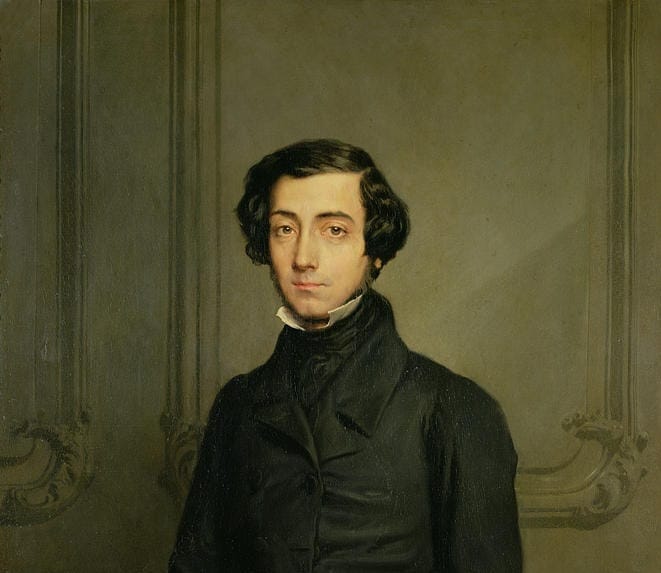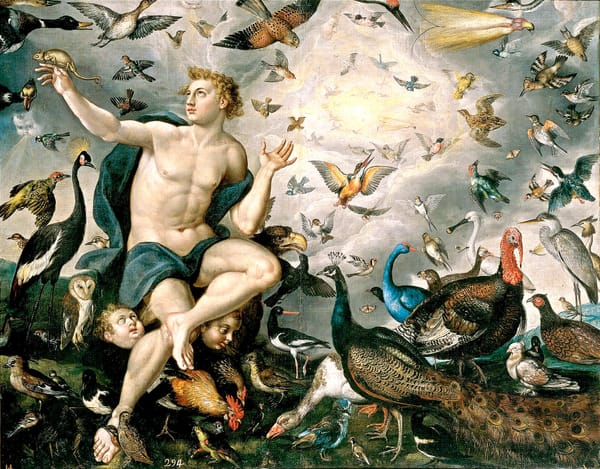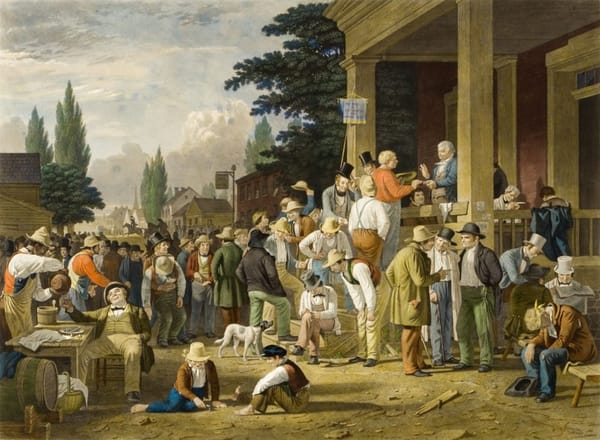Tocqueville, Digital Polarization, and Liberty in 2025

How the “tyranny of the majority” has migrated into our online public squares
Tocqueville’s Tyranny of the Majority in the Digital Age
When Alexis de Tocqueville published Democracy in America (1835), he warned of a new kind of despotism. The danger was not kings or emperors but the collective force of public opinion. “The majority has enclosed thought within a formidable fence,” he wrote, describing how democratic societies could silence dissent not by law but by social pressure.
Nearly two centuries later, that fence is digital. Social media platforms function as our new public squares, yet their algorithms curate reality into filter bubbles and echo chambers. As political theorist Henrik Sætra notes, algorithms and AI have created “closed online spaces in which people of similar opinions can congregate – echo chambers.” The effect is not mere convenience but constraint. These systems “pose a threat to liberty by undermining individuality, autonomy and the very foundation of liberal society.” Tocqueville’s fear of majoritarian conformity has been reborn as algorithmic tyranny—a force that enforces consensus without ever passing a law.
Algorithmic Echo Chambers and Viral Outrage
The problem is not only enclosure but amplification. Digital platforms do not just reflect majority opinion; they intensify it. Algorithms designed for engagement reward outrage, rewarding posts most likely to provoke anger or moral alarm. Studies show that hostile or indignant posts—though a minority of all content—are disproportionately promoted, because they “attract attention and trigger responses.”
This produces a cycle: viral outrage spreads more quickly than reasoned argument, while repeated exposure to agreeable content deepens polarization. One review describes the “Internet of platforms” as fragmenting the public sphere, with personalization tools “tend[ing] to ‘close communities’…and polarise their positions.” In effect, Facebook, X, and TikTok become mechanisms for majority enforcement, transforming popular opinion into online mob rule. For many users, this feels less like democracy and more like coercion: any dissent risks being drowned out by the algorithm’s chorus of conformity.
Negative Liberty and Pluralism
How should democracies respond? Isaiah Berlin’s idea of negative liberty—freedom from interference—offers guidance. In a pluralist society, he argued, liberty requires that no individual or group “chain” the thought of another. Translated into the digital sphere, this means freedom not only from government censorship but also from algorithmic manipulation and social intimidation.
A genuinely free online commons must guarantee that no single faction or system drowns out dissent. The classical liberal project was never only about the right to speak; it was also about the protection of those whose voices are unpopular. In that sense, Berlin’s warning and Tocqueville’s concern converge: liberty depends on preserving space for disagreement, even when the majority finds it inconvenient.
Platform Reforms for Pluralism
If liberty is to survive in the digital square, reforms are needed. Scholars and policymakers have suggested several paths:
- Randomized or non-personalized feeds. Instead of binding users to a predictive algorithm, platforms could default to simple chronological or randomly mixed feeds. This would reduce echo chambers and expose users to perspectives outside their bubble.
- Serendipity and exposure diversity. Algorithms can be deliberately designed to introduce cross-cutting opinions or minority voices. Rather than optimizing only for engagement, systems could optimize for democratic pluralism.
- Transparency and user control. Platforms should disclose why a post appears in a feed and allow users to switch easily among recommendation modes. Greater visibility into the logic of curation would reduce the sense of manipulation.
- Amplifying dissent. Instead of a pure popularity contest, platforms could elevate under-represented perspectives and high-quality civic content. In doing so, they would protect dissenting voices from being buried by viral outrage.
These proposals aim at the same goal: breaking the algorithmic fence. By restoring unpredictability and diversity to what users see, they counteract the majoritarian drift Tocqueville warned against.
Conclusion: Guarding Against Algorithmic Conformity
The challenge of our age is not only political polarization but technological design that hardens it. Tocqueville’s warning about the tyranny of the majority was a plea for vigilance against the subtle forms of conformity that democracy itself can generate. In 2025, that vigilance must extend to the algorithms shaping digital life.
Berlin reminded us that liberty means freedom from chains—chains imposed by rulers, majorities, or machines. Protecting that liberty requires deliberate safeguards so that dissenting voices are not erased in the noise of outrage. A pluralist digital square will not emerge by accident. It must be designed, cultivated, and defended.
The stakes are not merely about healthier platforms. They are about the conditions of freedom itself in a democracy increasingly mediated by code.





